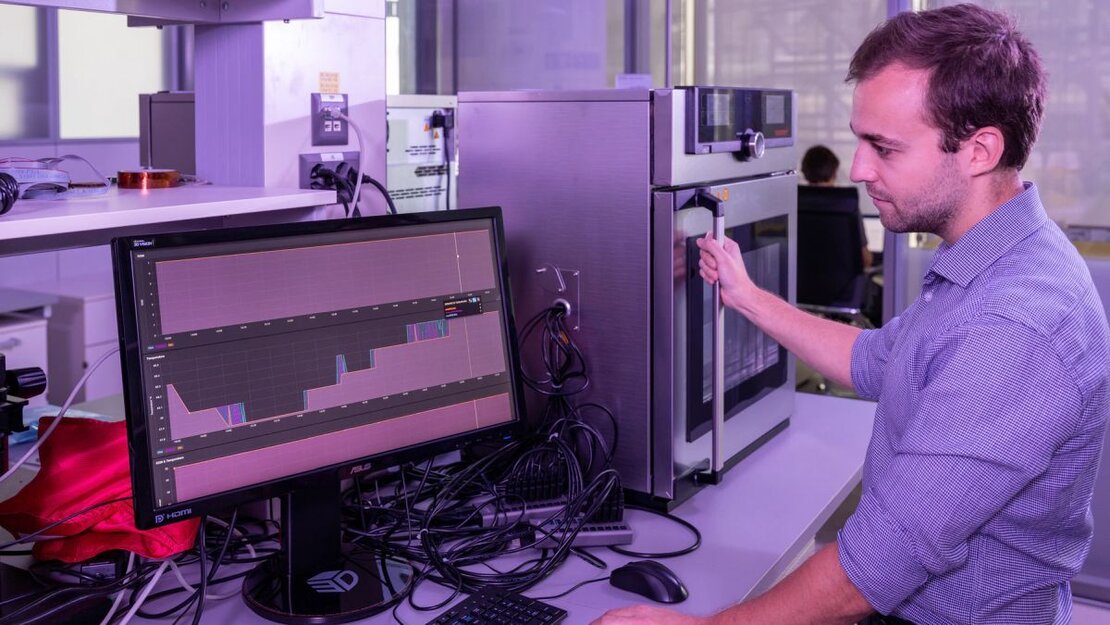Coat-X wins commercialisation partner
16.10.2020The Swiss technology company Coat-X and the Wyss Center for Bio and Neuroengineering have entered a collaboration to advance and bring to market a new ultra-thin, biocompatible coating for use in active medical implants.

Active implants, such as cardiac pacemakers, cochlear implants and neural monitoring or stimulation devices, contain sensitive electronics that must be protected from the warm, wet, and salty environment of the human body. As a result, conventional hermetic housings are composed of titanium, glass, or ceramic, and are made thick and rigid to ensure that devices in the body are leakproof and can survive for years. Coat-X’s innovative coating technology ensures that the magnetic plate is protected from erosion by body fluids – an important prerequisite for medical implants.
The Wyss Center for Bio and Neuroengineering has today announced a partnership with Coat-X to bring to market a new ultra-thin, biocompatible coating for use in active medical implants. At only ten microns thick, the flexible coating conforms to the shape of the electronics, encasing them directly in a leakproof, biocompatible envelope.
George Kouvas, Chief Technology Officer at the Wyss Center said: “Our partnership with Coat-X will validate the use of new, thin-film coating technology, paving the way for the miniaturisation of medical implants and enabling a future where very small medical devices are seamlessly integrated with the human body.”
The collaboration will bring materials engineers from Coat-X together with the Wyss Center’s electromechanical team. “We will apply Coat-X’s multilayer encapsulation technology in active medical implants, such as next-generation electrodes and electronics,” said Andreas Hogg, CEO at Coat-X. “We will start by using a custom-built accelerated aging system at the Wyss Center to verify the long-term performance of our coating technology in the human body,” he added.
Coat-X to validate its technology at the Wyss Centre
The team will develop and coat prototype devices with several variations of the encapsulation technology and then will subject them to high temperatures and humidity to accelerate their ageing. Electronic tags built into the devices will wirelessly send updates on the internal status of the electronics, continuously assessing the hermeticity of the new coating and giving valuable information on its performance and reliability in the body.
“If we can validate that Coat-X’s ultra-thin coating has a favorable barrier and durability properties in the long term, we will further our collaboration to bring this technology to market and, hopefully, enable even smaller medical devices to be implanted in patients around the world,” added Wyss Center’s CEO Mary Tolikas.
(www.startupticker.ch)